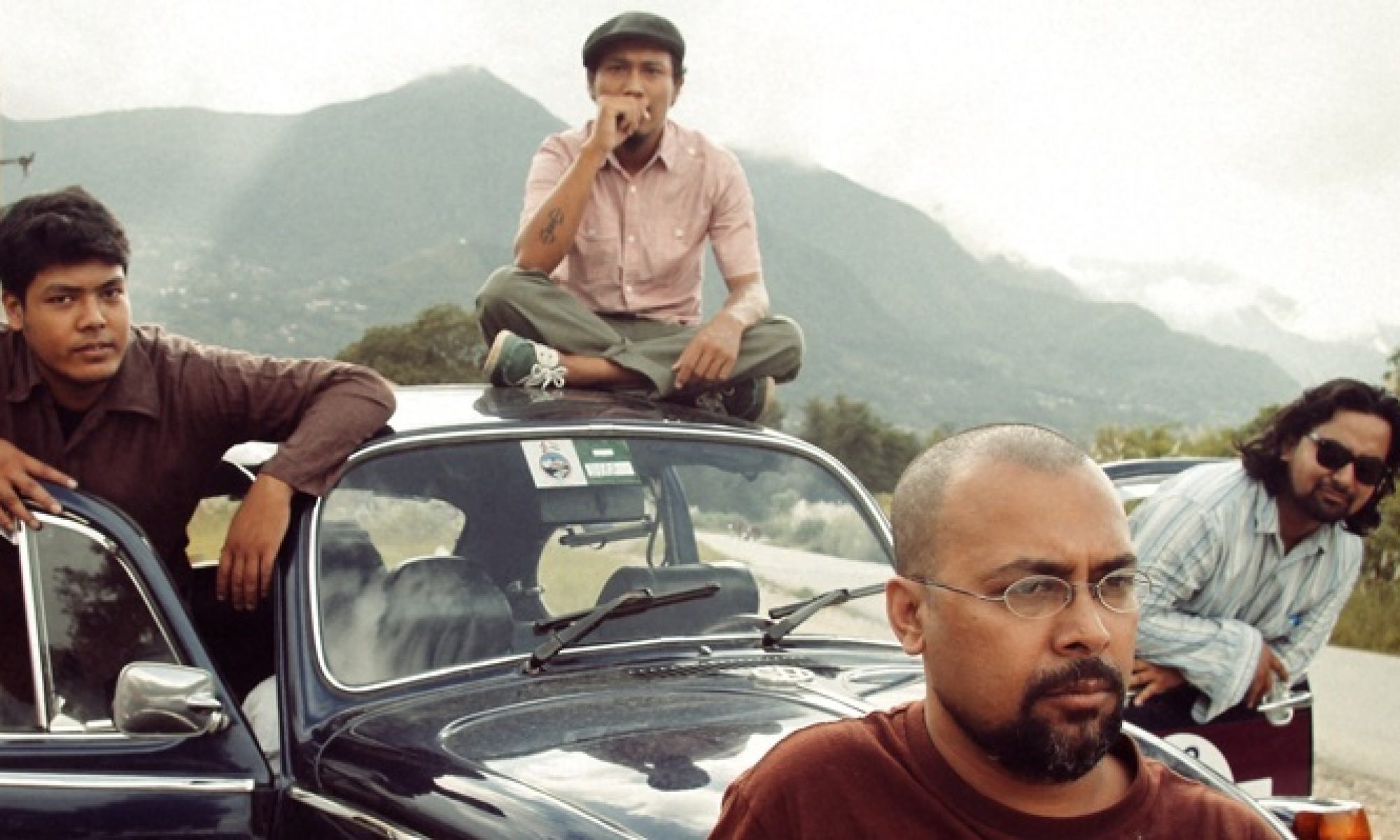2011: Blogs, protest groups, online petitions, e-campaigns and e-activism are all the rage.
One of the earliest successful examples of internet activism was the class struggle in the early nineties by the indigenous EZLN Zapatista movement in Mexico. For an indigenous group, comprised of mainly of farmers from a low socio-economic status, internet communication in the nineties, let alone internet activism, was a foreign concept. But, by aligning with social movements across the world, the Zapatistas became the symbol of a collective identity rooted in opposition to privatized and individualised capitalist endeavours. The outstanding response that this rebellion generated was outstanding can be attributed both to the gravity of the issue and the manner in which it was communicated.
Though the face of the internet has greatly changed, the role of the internet in activism then and now is to circulate information and provide a space for the participation of a global audience. From piracy culture to terrorism, the internet has seen an aggressive evolution in virtual vices too. However, with its infinite expansion in cyberspace, the internet has shrunk the world into one robust information village. Bryan Appleyard once said that ”unlimited and uncensorable flows of information would spread democracy and undermine tyranny’. Since media has always been a key element to activism, the internet, as the biggest medium for communication today, is transcending the boundaries of traditional means of activism.
On the other hand, has internet just changed the face of media and not the cause and enthusiasm of the activists? Does internet just put together an army of people set to make a change or does it create a comfort zone where people join in because one: it is free, two: it is hip and three: everyone else is into it? Perhaps it adds a little colour and a little risk to your personal life or, simply it could be something just to add to your profile. Has crowd-sourcing enforced shallow and mostly random opinions on topics that require serious thought? Has the internet induced a bigger participation space at the expense of authentic activism? Even if it has, isn’t that what was expected of internet activism in the first place?
Social networking is getting all the more global. Technology has changed the essence of our social being and interaction with the booming rise of Facebook, Twitter and other social networking sites. Accessing people is as easy as accessing information. A number of activist organizations thrive on networking online- many a times simply through Facebook.
A protest is just ‘creating an event’ away and a petition is just ‘creating a page away’. But, the question is whether it is delivering.
Early June this year, Nepal Unites, a group on Facebook organized a peaceful protest in Kathmandu against the delay of the constitution writing. In a month and a half, the group and its cause had generated over 6500 ‘likes’. The group that constituted many known faces of Kathmandu city gathered in front of the Constituent Assembly with placards and the flag of Nepal. However, Nepal Unites has been criticized for being elitist in nature and looking through rose-tinted glasses at the number of people ‘Attending’ events as opposed to the number of people who actually turn up. Late July, Come on Youth, Stand Up put up a protest against the political deadlock as did The Red Revolution in early August in Basantapur, Kathmandu. It was Facebook that drew them together.
Unfortunately for them and us, the protests did not always manifest with the same enthusiastic gusto as portrayed online in the lead up to the event. They drew much attention, often save that of those whom the protests were directed at. It seems political activism (and sometimes the not political too) in Kathmandu is perhaps in need of deep thinking before gathering in a rush. The internet- an easy tool at our disposal is encouraging the latter as much as it is repressing the former.
The Saffron Revolution of 2007 in Burma collected 440,000 members on Facebook. The wall was then so crowded with useless and sometimes pointless posts that it became too easy to miss out a key point, message or an important event. Most of the members were assuredly, not committed or even serious activists. The group then, to retain its ingenuity of cause, moved the ‘serious’ activists to the website. The activism there has become more organized and effective. Also Facebook and MySpace have an application, most of us are aware, known as Causes created by Project Agape to use the networking towards philanthropic causes. The application has been known to raise a lot of support if not a lot of funds for different causes. The arrest of James Karl Buck by the Egyptian police was revealed by the American student himself through twitter. Last year, we voted Anuradha Koirala to be awarded the CNN Hero of the Year. People were encouraged to vote for her by her supporters through Facebook.
If internet were tangible- it would be made of rubber since it is so user-dependent. The point here is that web activism is not a failure, not at all. In fact, it is the biggest platform for dynamic activism to ever take place- only, the focus seems to have drifted from the cause that beats inside it to the limbs that pull it off. There are countless websites and forums for democracy, environmental, women, animals and homosexuality activism etc. that maintain blogs, debates and information exchange today. Digital activism should now synergize its abilities of speed, reach and cost towards improved efficiency and ethics.
